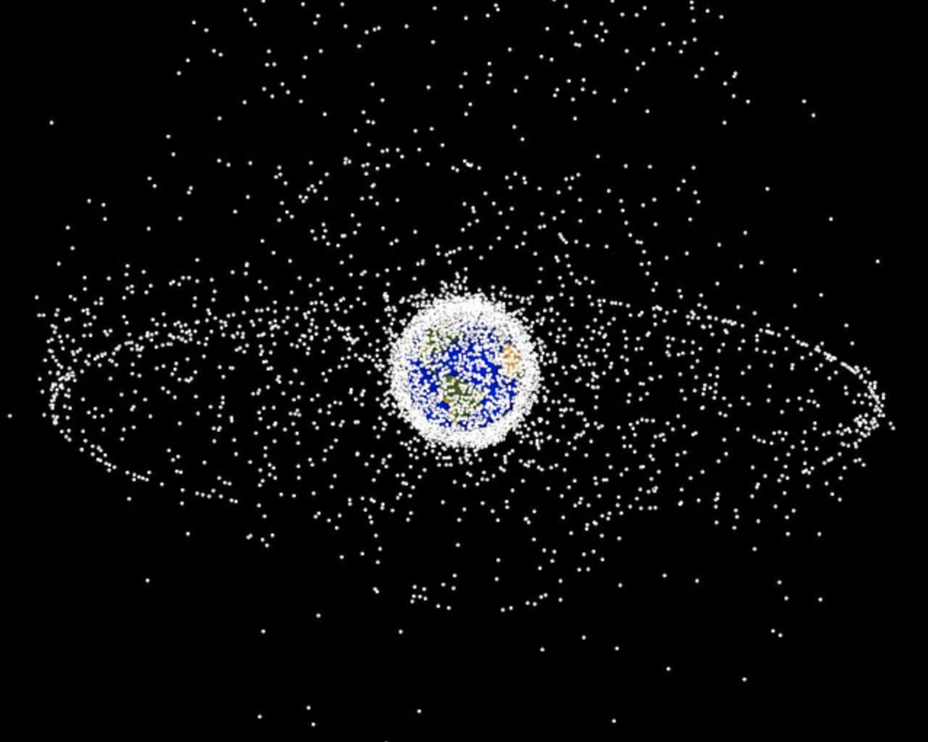Please check the information entered!
- Please check the information entered
A log-in email has been sent to your email address
Forgot password? Reset password

The human race’s continual quest to advance technologically knows no bounds. But the sad reality is that it often comes at the cost of natural environments. Important habitats destroyed, oceans full of plastic waste, the list goes on…
Now, new research shows that we are slowly filling up space with junk that could threaten many of the important satellites that reside there and even the International Space Station.
The geosynchronous orbit* is littered with old, defunct satellites and the rockets that launched them, as well as other debris, flying up to 18,000 miles per hour. If this wasn’t bad enough, this debris often collides and breaks apart into smaller pieces that then whizzes about and collides.
In the worst case scenario, all this junk could lead to something called Kessler syndrome, where so many objects hit one another and create so much debris that space becomes unusable.
According to the research by the University of Warwick and the Defence Science and Technology Laboratory (UK), which forms part of DebrisWatch, we don’t actually know where more than 75% of the junk currently orbiting space came from. What makes the DebrisWatch survey different is that the researchers hunted for small or unreflective chunks of debris that reflect little light, and so would ordinarily go undetected.
Following their discovery, the team are calling for more regular surveys aimed at discovering and characterising threats in geosynchronous orbit. Right now, the US Strategic Command boasts the most thorough record of orbital debris, with information regularly updated by over 30 ground-based observatories and a fleet of six satellites. But its records are far from complete.
Data from the survey will help scientists to develop and upgrade algorithms used to analyse the light-fingerprints of distant space trash, enabling them to gain a greater understanding as to what's out there and how it behaves.
The joint University of Warwick- Defence Science and Technology Laboratory research is published in the journal Advances in Space Research.**
* https://www.space.com/29222-geosynchronous-orbit.html
** https://www.sciencedirect.com/science/article/abs/pii/S0273117720305664?via%3Dihub